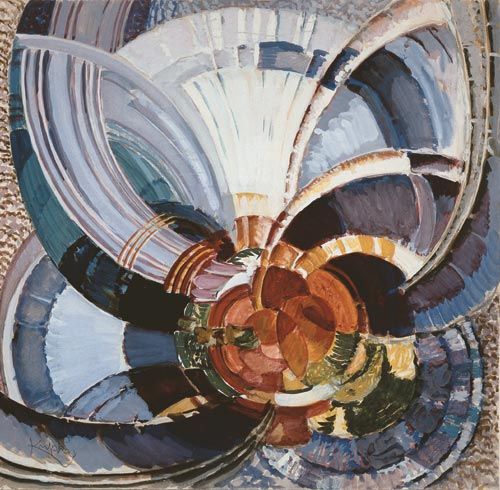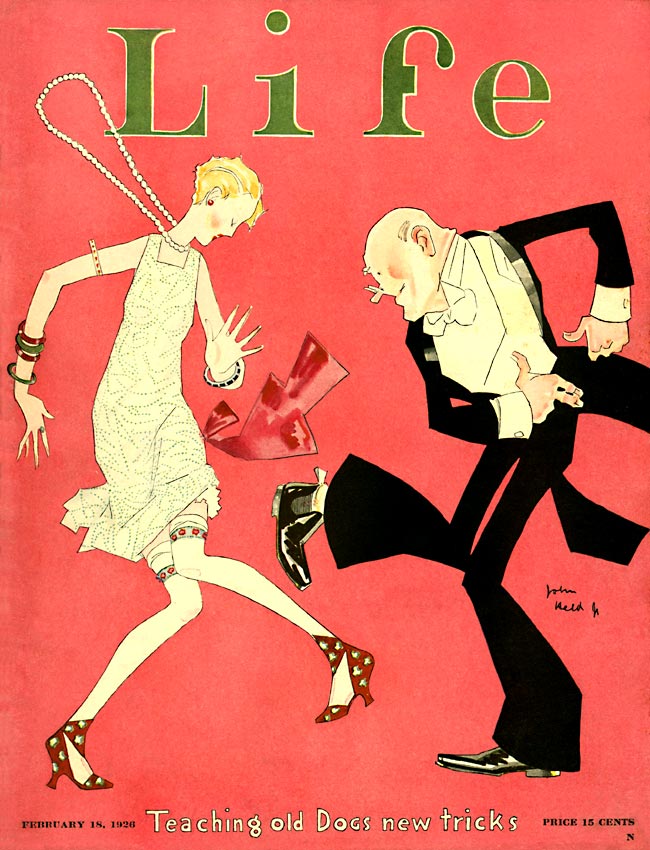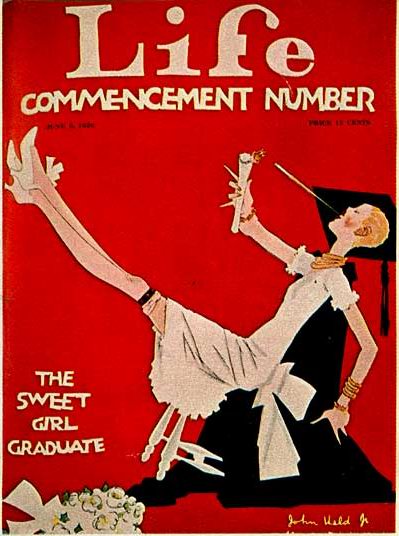Study for the Montée, František Kupka
 Study for Around a Point, František Kupka
Study for Around a Point, František Kupka
 Circular Forms, Robert Delaunay
Circular Forms, Robert Delaunay
Orphism or Orphic Cubism, a term coined by the French poet Guillaume Apollinaire at the Salon de la Section d’Or in 1912, referring to the works of František Kupka. During his lecture at the Section d’Or exhibit Apollinaire presented three of Kupka’s abstract works as perfect examples of pure painting, as anti-figurative as music.
This movement, perceived as key in the transition from Cubism to Abstract art, was pioneered by František Kupka, Robert Delaunay and Sonia Delaunay, who relaunched the use of color during the monochromatic phase of Cubism.The meaning of the term Orphism was elusive when it first appeared and remains to some extent vague.
The Symbolists had used the word orphique in relation to the Greek myth of Orpheus, who they perceived as the ideal artist. Apollinaire had written a collection of quatrains in 1907 entitled Bestiaire ou cortège d’Orphée (Paris, 1911), within which Orpheus was symbolized as a poet and artist. For both Apollinaire and the Symbolists who preceded him, Orpheus was associated with mysticism, something that would inspire artistic endeavors. The voice of light that Apollinaire mentioned in his poems was a metaphor for inner experiences. Though not fully articulated in his poems, the voice of light is identified as a line that could be colored and become a painting. The Orphic metaphor thus represented the artist’s power to create new structures and color harmonies, in an innovative creative process that combined to form a sensuous experience.
Even after 1913, when Apollinaire had separated from the Delaunays and Orphism had lost its novelty as a new art form, the Delaunays continued painting in their personal shared style. They may not have always called their work Orphic, but the aesthetics and theories were the same. Robert continued painting while Sonia delved into other media, including fashion, interior and textile design, all within the realm of Orphism.















































